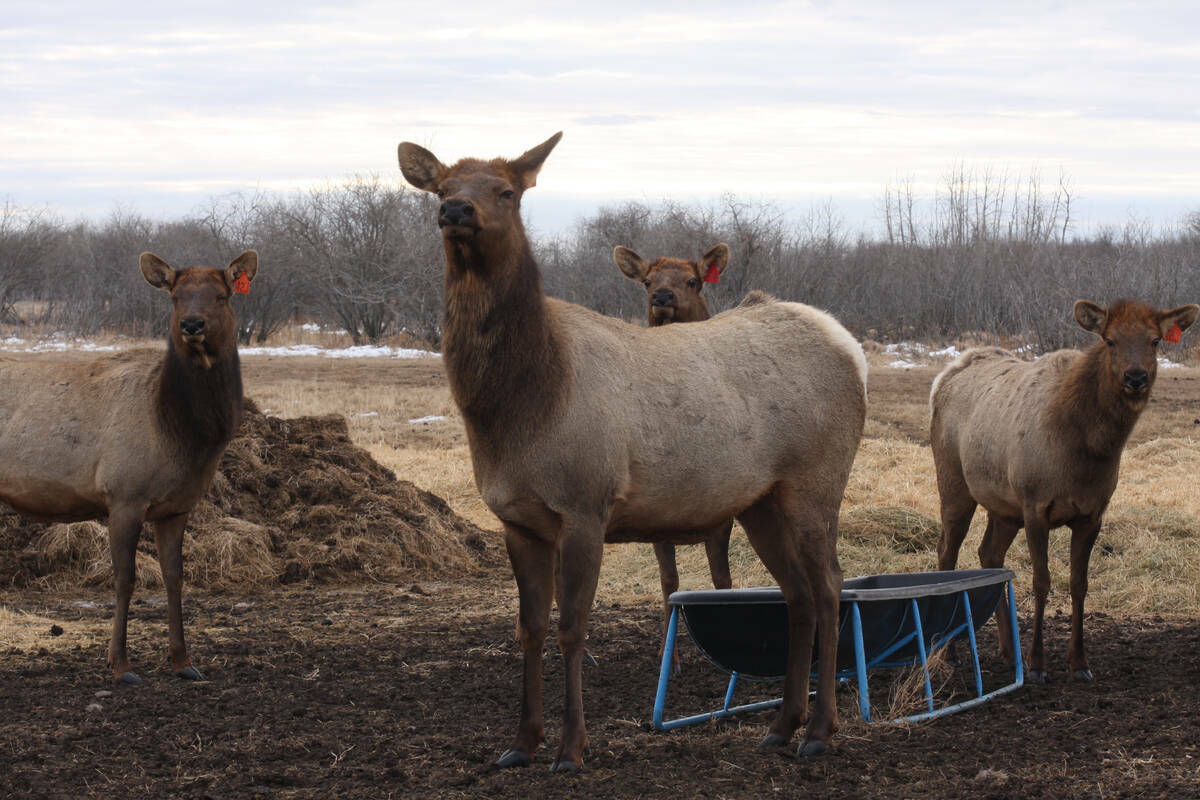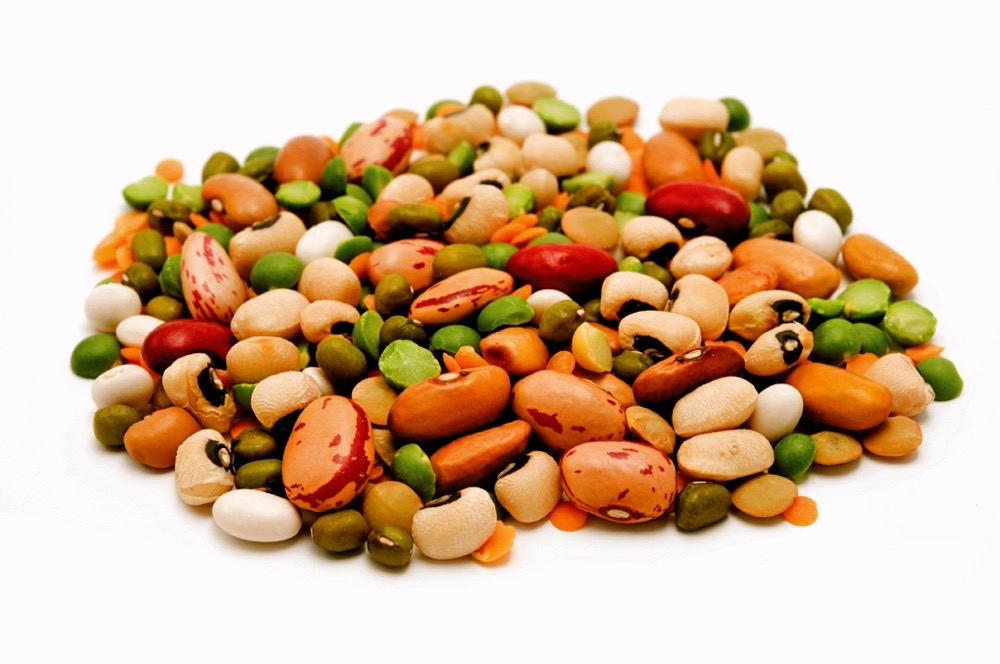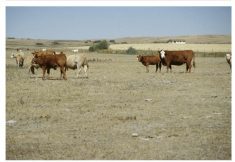There were few surprises in Farm Credit Canada’s annual ranking of Canadian agriculture and agri-food exports.
We remain the world’s fifth-largest agricultural commodity exporter for the sixth straight year, and have also held steady as the No. 11 exporter of manufactured food products.
But “potential” abounds, says FCC’s chief agricultural economist J.P. Gervais.
“There are plenty of commodities where there is potential to grow,” he said. “That speaks to the strength of the industry. It’s a strength of ours that we have the diversity that we have.”
Read Also

Cervid harvest preserves to be developed in the province under Bill 10
The Government of Alberta has given approval for creation of cervid harvest preserves.
Canada exported US$24.6 billion of ag commodities (6.3 per cent of the global total) last year. But we are No. 3 in some of the world’s fastest-growing commodities — including pulse crops, soybeans, and canola.
However, that increased demand doesn’t always translate into increased prices — at least not in the short term.
“We’ve identified pulses as one of the sectors that is likely to grow quite a bit, but that’s not to say that the sectors we’ve identified as ones that will grow are necessarily profitable right now,” said Gervais.
“The potential demand needs to be factored in over the long term.”
Changes to NAFTA could “bring some disruptions,” and not just because the U.S. buys a lot of Canadian ag commodities and food products, said Gervais.
“It’s also about having integrated supply chains and relying on pricing signals out of the U.S. We have a vested interest in seeing that the border remains open.”
Only about a quarter of Canada’s crop exports go to the U.S., but more than 90 per cent of Canada’s livestock exports and 75 per cent of manufactured food product exports go south of the border.
“The U.S. is a big market for us. There’s no denying that. So we’re just going to have to wait and see.”















